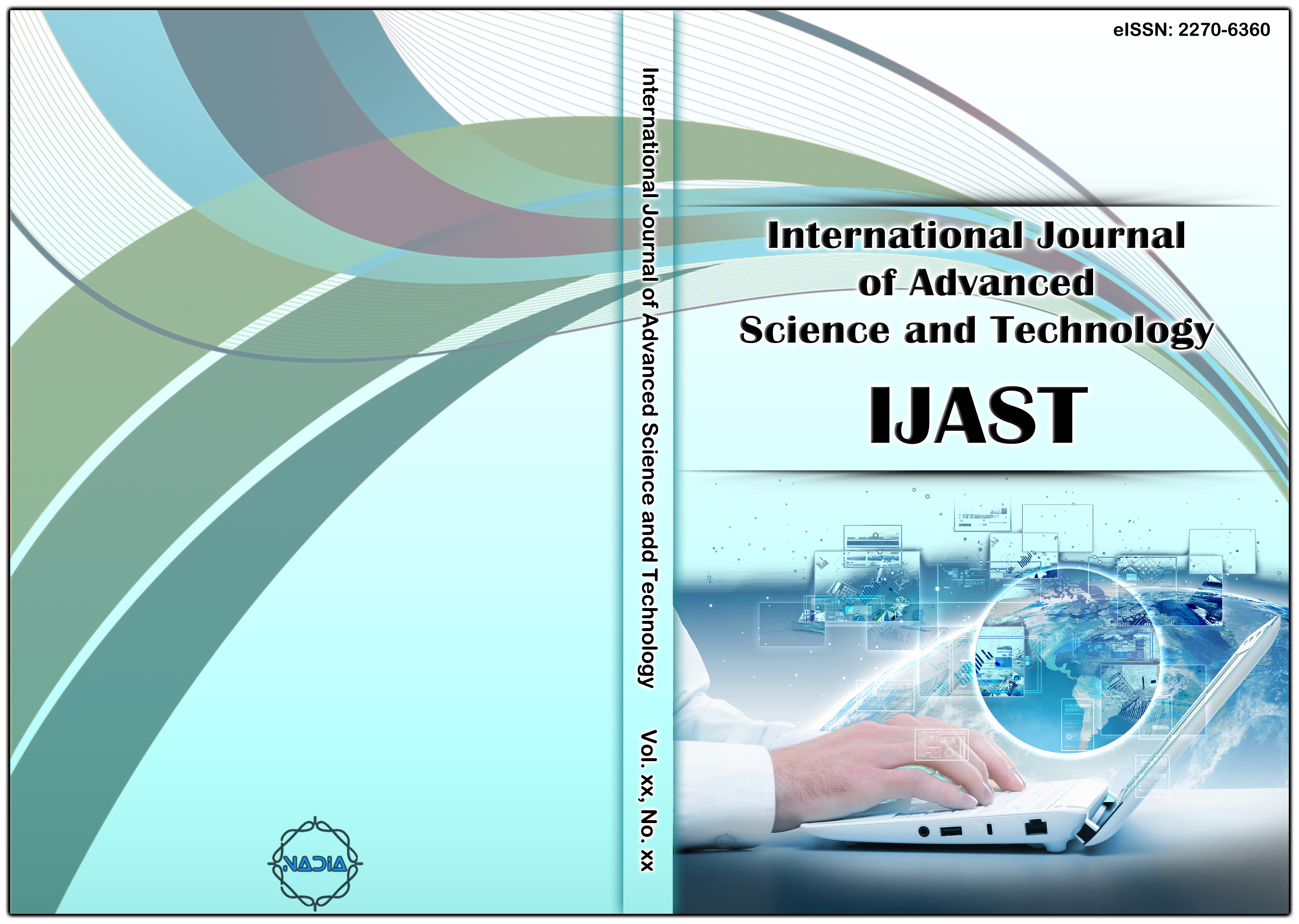[1] Schnier B.Applied Cryptography: protocols, algorithms and source code in C. John Wiley & Sons. 1996. https://mrajacse.files.wordpress.com/2012/01/applied-cryptography-2nd-ed-b-schneier.pdf.
[2] William, S. & Lawrie, B. Computer Security: Principles and Practice. 3rd Ed., Pearson Press. 1976. https://amplio.belluzzifioravanti.it/pluginfile.php/144662/mod_resource/content/1/Computer%20
Security%20Principles%20and%20Practice%20%282nd%20Edition%29.pdf.
[3] Whitfield, D. W. and Hellman, M. E. “New Directions in Cryptography.” IEEE Transactions on Information Theory, It-22.6, (1976). 644-654. http://www.cs.utexas.edu/users/shmat/courses/cs380s/dh.pdf.
[4] Tripathi, R. & Agrawal, S. “Comparative Study of Symmetric and Asymmetric Cryptography Techniques.” International Journal of Advance Foundation and Research in Computer (IJAFRC), 1.6. (2014). 68-76. https://pdfs.semanticscholar.org/e0e4/810c5276f9c05cc82425fcf911f206c52bef.pdf.
[5] Lim, H. and Mun, J. H. “High-speed packet classification using binary search on length.” Proceedings of the 3rd ACM/IEEE Symposium on Architecture for networking and communications systems (ANCS’07). (2007). 137-144. https://www.researchgate.net/publication/221046084_High-Speed_Packet_Classification_Using_Binary_Search_on_Length.
[6] Wei R., and Zebg Z. “KIST: A new encryption algorithm based on splay.” IACR Cryptology ePrint Archive. (2010). https://www.researchgate.net/publication/220335336_KIST_A_new_encryption_algorithm_
based_on_splay.
[7] Saraswathi, P. V. and Venkatesulu, M. “Block Cipher Algorithm for Multimedia Content Protection with Random Substitution using Binary Tree Traversal.” Science Publications, Journal of Computer Science, 8.9. (2012). 1541-1546. http://citeseerx.ist.psu.edu/viewdoc/summary?doi=10.1.1.686.652.
[8] Vanaga, A. “Efficient Cryptography Technique for Data Security using Binary Tree.” International Journal of Innovative Research in Computer and communication Engineering, 2(Special Issue), (2014). 67-76. http://www.ijircce.com/upload/2014/sacaim/10_Paper%205.pdf.
[9] Sharma, S. and Bhatt, S. “Encryption of Message Block using Binary Tree in Block Cipher System: An Approach.” IJSTE - International Journal of Science Technology & Engineering, 2.1. (2015). https://www.academia.edu/15895315/Encryption_of_Message_Block_using_Binary_Tree_in_Block_
Cipher_System_An_Approach.
[10] Sagar, L. E. C. V. “Data Security Using Tree Traversal. Global Journal of Computer Science and Technology.” Software & Data Engineering, 5.3, Version 1.0, Global Journals Inc. (USA). (2015). file:///C:/Users/GTS/Downloads/1170-1-1178-1-10-20150714.pdf.
[11] Priya, A., Sinha K., Darshan, M. P., and Sahana, S. K. “A Novel Multimedia Encryption and Decryption Technique Using Binary Tree Traversal.” Proceeding of the Second International Conference on Microelectronics, Computing and Communication Systems (MCCS 2017). (2017). 163-178.
[12] Sivakumar T. Humshavarthini, K., Jayasree, M., and Eswaran, M. “Data Encryption Using Binary Tree Traversal (DEBTT).” International Journal of Advanced Technology in Engineering and Science, 5.4. (2017). 353-362. https://www.ijates.com/images/short_pdf/1491493867_IF2028ijates.pdf.
[13] Amounas, F. “A New Encryption Algorithm to Increase Security of Amazigh Text through Tree Traversal Technique.” International Journal on Recent and Innovation Trends in Computing and Communication (IJRITCC), 5.1, . (2017). 217 – 222. http://www.ijritcc.org/download/browse/Volume_5_Issues/January_17_Volume_5_Issue_1/
1485582293_27-01-2017.pdf.
[14] Ritu, T., and Sanjay, A. “Comparative Study of Symmetric and Asymmetric Cryptography Techniques.” International Journal of Advance Foundation and Research in Computer (IJAFRC), 1.6. (2014). 68-76. https://pdfs.semanticscholar.org/e0e4/810c5276f9c05cc82425fcf911f206c52bef.pdf.
